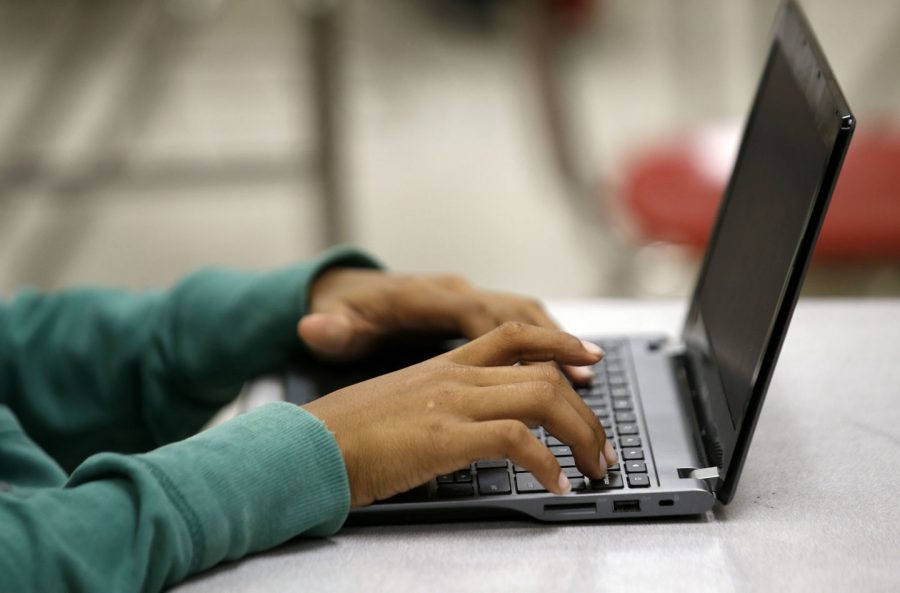Expert: Nearsightedness a concern with youth, others, from increased computer screen time
April 7, 2021
The Healthier Oklahoma Coalition took a few moments Tuesday to address what an expert said was an overlooked health matter related to the pandemic: eyesight.
Dr. Jean Hausheer, chair of the Healthier Oklahoma Coalition and an ophthalmologist, explained that school closures were among the first measures put into place, resulting in children spending more time in front of digital screens for learning and entertainment as part of quarantining at home.
“A recent perspective given in the American Journal of Ophthalmology has asked whether the shift has accelerated what already was a boom of cases of nearsightedness worldwide,” Hausheer said. “The authors pointed to several research papers suggesting that these pandemic-associated trends could be linked to myopia onset and progression.”
Hausheer said there is still much to discover about the link between nearsightedness and digital screen time, noting a research complication that weakens data is that screen time often is estimated based on self-reported measurements.
She added that the influence of near work and outdoor time on development of nearsightedness also isn’t fully understood, though there is compelling evidence of potential correlation with environmental factors.
“Meanwhile, we should continue to promote socially distanced outdoor activities for our children and try to limit their screen time,” Hausheer said.
“This means setting clear limits on television time, taking kids to the park or take them on a bike ride until more research has been completed on this topic.”
She said adults who have increased their digital screen in the pandemic also have often noticed increased eye irritation, burning and itching from dry eyes.
“They also should strive to limit their screen time and consider using artificial tears throughout their day,” Hausheer said.
















